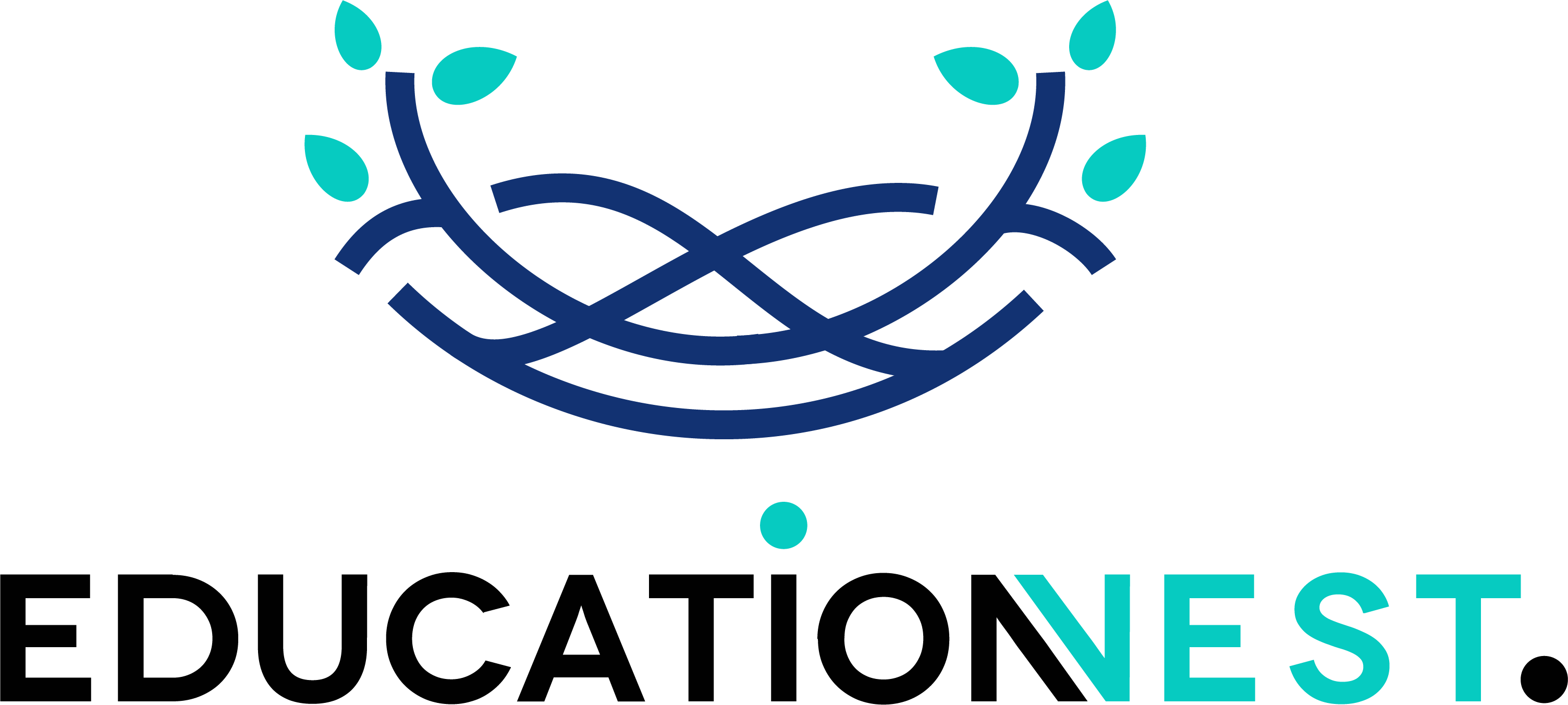
DevOps is one of the most talked-about IT methodologies of recent years. Companies are seeking DevOps professionals to streamline their development and operations processes and achieve business goals. But are you ready for a DevOps interview? Do you know what to expect? In this blog, we will cover some of the most common DevOps interview questions to help you prepare for your next interview.
This frequently necessitates using tools and technologies that automate software development and release processes, such as code testing, integration, and deployment.
Who is a DevOps Engineer?
A DevOps engineer is an expert in building, deploying, and managing software systems utilizing the DevOps philosophy and methodologies.
DevOps engineers must be highly skilled in technical, interpersonal, teamwork, and problem-solving abilities. They must be able to communicate and work well with colleagues from many backgrounds and fields because they work closely with different teams inside the organization.
What is Azure?
Microsoft Azure provides cloud computing services.
Azure includes :
- Computing
- Storage
- Networking,
- Databases
- Analytics
- artificial intelligence
- IoT
Azure customers can easily create intelligent bots and other AI-powered solutions, develop and launch web and mobile apps, store and analyze data, and manage virtual machines. Azure also provides excellent security, compliance certifications, and customizable pricing to fit the demands of any business.
Frequently Asked DevOps Interview Questions

Now let us look at some frequently asked Devops Interview Questions which are also asked in Azure Interviews for three to five years of experienced applicants.
- Which DevOps tools are the most popular?
The most commonly used DevOps tools are:
- Chef
- Git
- Jenkins
- Ansible
- Docker
- Selenium
- Puppet
- What are the various stages of DevOps?
The following are the stages of the DevOps lifecycle:
Plan: Before beginning, plan for the type of app created. It’s usually a good idea to have a general grasp of how things are constructed.
Code: The program was created with the end user in mind.
Build the application by combining the many applications you created in the previous steps.
The most critical aspect of developing an application is testing. Test the program and, if necessary, update it.
Integrate: To merge the codes of numerous programs into a single one.
Deploy: Code is placed in the cloud to be used later. It is ensured that any new updates to a popular website will maintain its operation.
Operate: The code is run through processes if necessary.
The program is being observed to see how it operates. Changes are made in response to customer feedback.
3 . List a handful of the best aspects of DevOps.
The following are the primary advantages of DevOps:
- The constant deployment of software makes dealing with difficulties easier.
- Early defect detection and resolution are beneficial to businesses.
- Improved feature delivery,
- Dependable working circumstances .
- The ability of organizations to collaborate and communicate with one another
4. Name the top three DevOps KPIs.
The following are the three most important KPIs:
Meantime Failure Recovery : The average time it takes to get back on your feet following a loss is referred to as recovery.
Deployment frequency: The frequency with which a deployment occurs.
The proportion of failed deployments: The number of launches that failed.
5. Describe the concept of “Infrastructure as Code” (IaC) and how it relates to configuration management.
- Putting together tools for deployment, setup, and automated provisioning.
- Instead of physically configuring the equipment, data centers are managed via machine-readable definition files.
- Ensure all your servers and other system components are set up smoothly and consistently.
- IaaS, which stands for “infrastructure as a service,” is a phrase for cloud network management.
6.How do you do continuous testing?
In the software delivery process, automated tests give real-time information about business risks in the most recent release. Every build is constantly tested so the software delivery process doesn’t skip steps and development teams can get quick feedback. Developers are more productive because they no longer have to run all tests after every update and project rebuild.
7. What is Automated testing?
Automation takes over tasks that used to be done by hand when testing a program or system. Automation testing uses tools for independent testing to create test scripts that can be run repeatedly without a person’s help.
8. How many Selenium parts are there?
Selenium elements:
- Selenium IDE
It helps with testing.
Plug-in for Firefox that is easy to set up.
- Selenium Remote Control (RC) Testing allows developers to write code in Java, PHP, Perl, C#, and other languages.
- Selenium WebDriver makes it easier to automate browsers.
It doesn’t use JavaScript.
- Selenium Grid uses Selenium RC to run browser-based tests on several machines.
9. What Selenium WebDriver errors can happen?
Selenium WebDriver errors are as follows:
- A timeout exception happens when it takes too long for a command to do something.
- It is thrown when a web page doesn’t have an element with specific characteristics.
- When a DOM element can’t be seen, ElementNotVisibleException is thrown. HTML type=”hidden” hides things.
- SessionNotFoundException: WebDriver works after the browser is closed.
10. Explain Jenkinsfile.
Jenkinsfile describes a pipeline in source control Text file.
- It lets you change the pipeline and study the code.
- It keeps track of pipe checks.
- During the process, one fact can be looked at and changed.
11. What command starts Jenkins up?
Jenkins.jar, Java-war
Java Jenkins.jar
Jenkins. war java-war
Java-Jar The correct answer is (A) Jenkins. War.
12. What ideas drive Jenkins pipeline?
User-defined CD workflow model. The code for the process makes, tests, and sends out an application.
Node: A component of the Jenkins network that runs pipelines.
Step: A job that tells Jenkins what to do next.
Stage: A conceptually separate group of processes done at all pipeline steps (build, test, and deploy).
13. Which Maven file specifies dependencies?
pom.xml dependency.xml Version.xml B) pom.xml.
14. What kinds of testing does Selenium support?
Selenium has two main ways of testing:
- Functional testing is when each program function is tested on its own.
- Regression testing is done after a bug has been fixed.
Conclusion
These are some of the most common DevOps interview questions you might be asked. These DevOps questions and answers can help you learn more about some of these issues. A DevOps Engineer must be well-versed in all procedures, tools, and applicable technologies.

